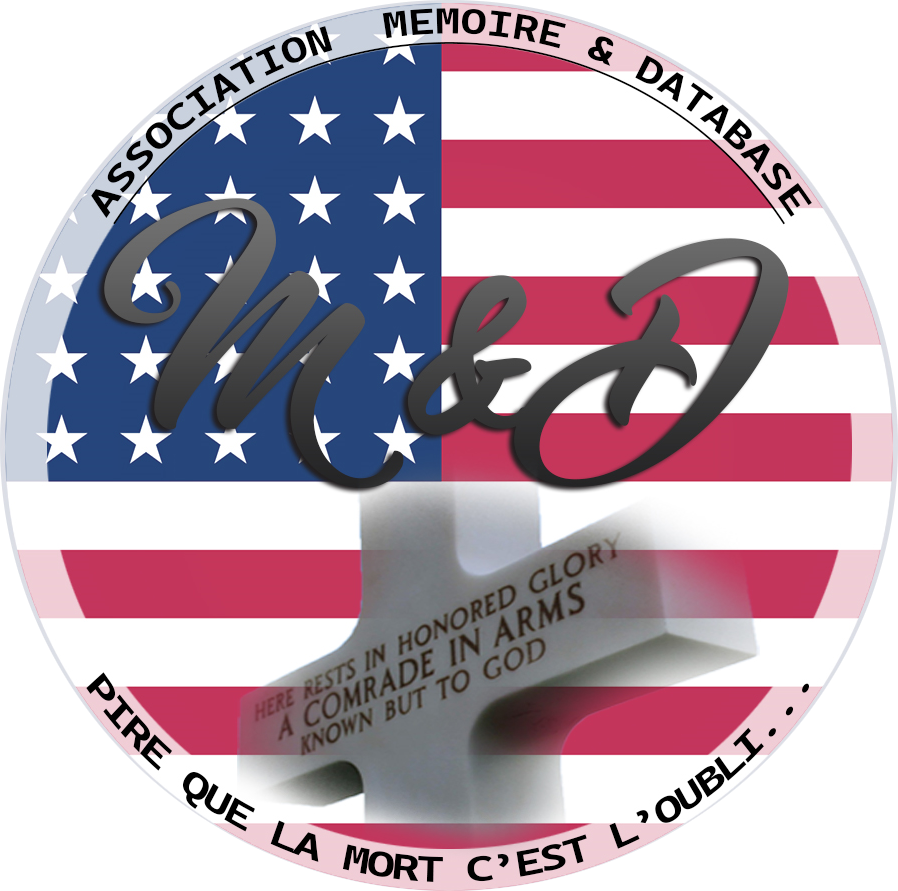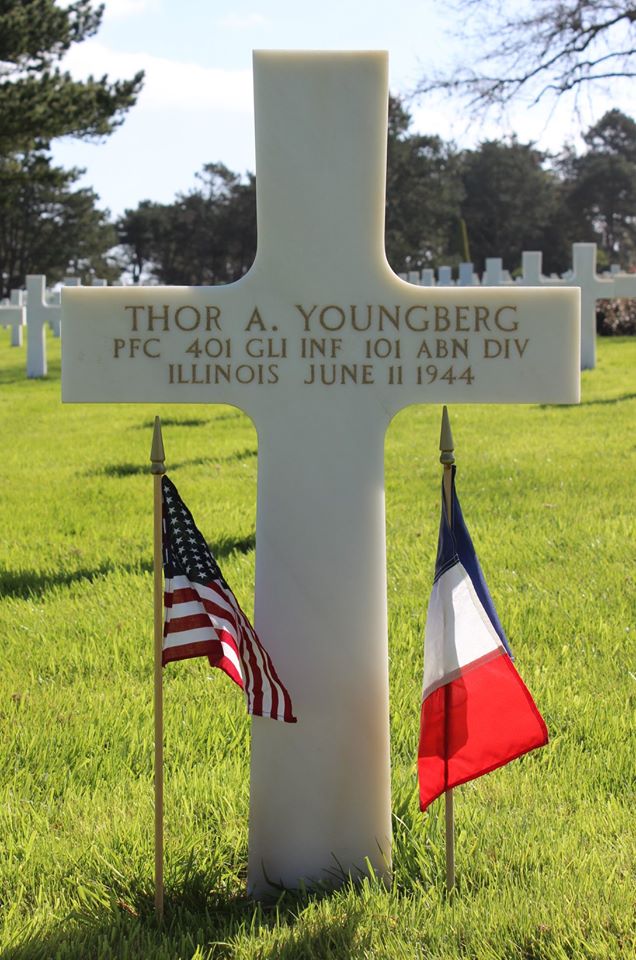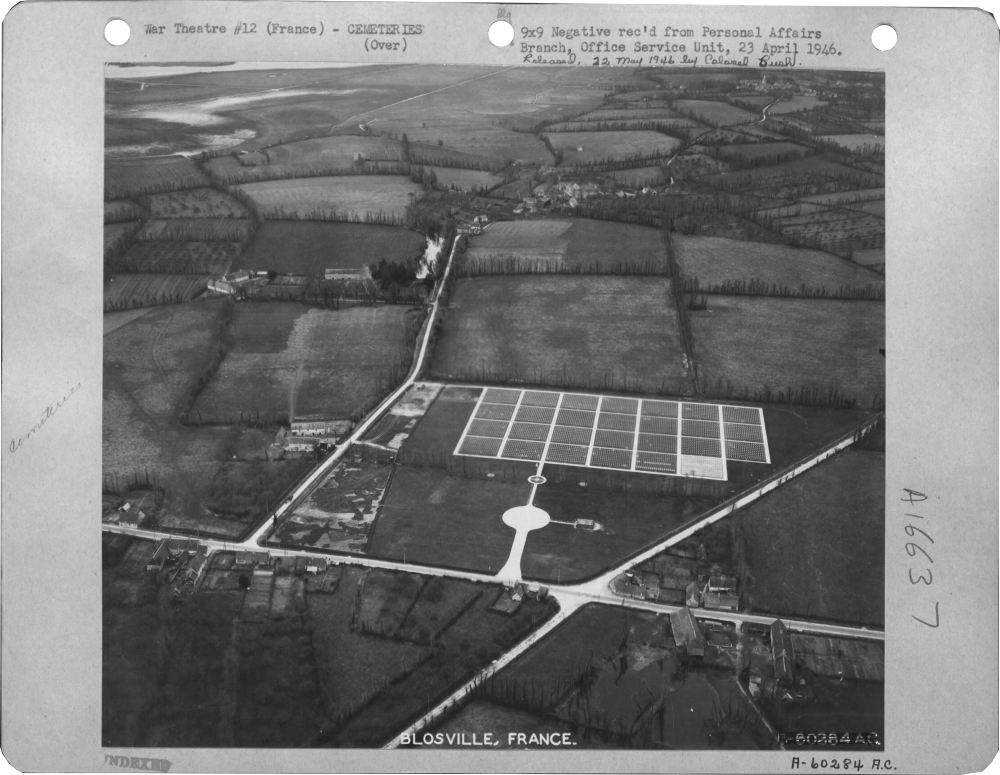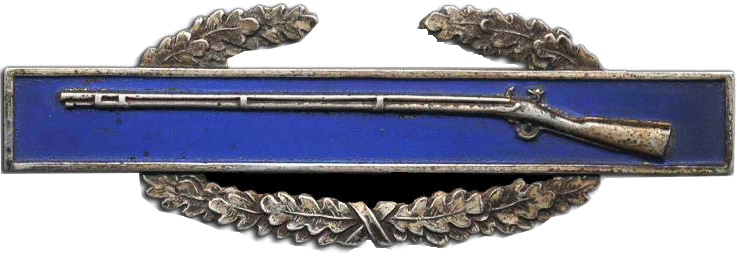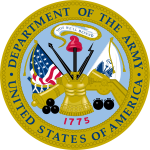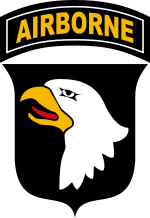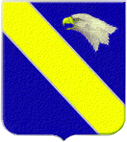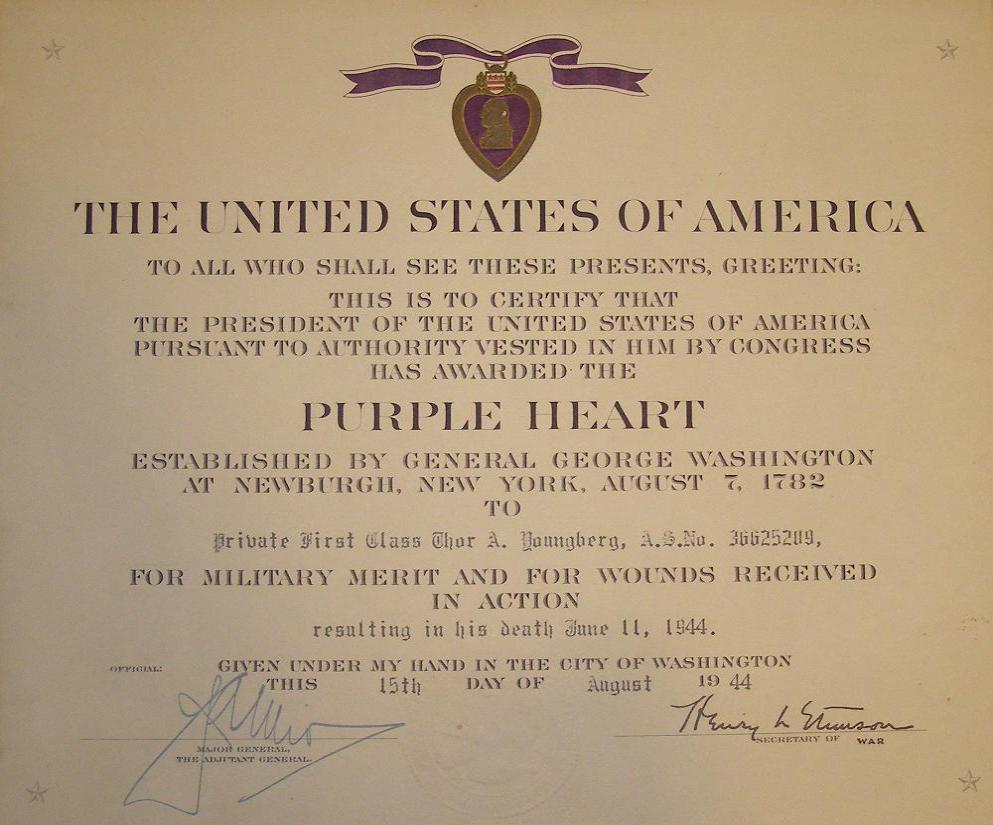|
Thor Adolph YOUNGBERG
| ||||||||||||||||||||||||
|---|---|---|---|---|---|---|---|---|---|---|---|---|---|---|---|---|---|---|---|---|---|---|---|---|
|
Source : | ||||||||||||||||||||||||
| NUMBER OF SERVICE | 36625209 | |||||||||||||||||||||||
| AGE | 24 years old | |||||||||||||||||||||||
| DATE OF BIRTH | 01 August 1920 Cook County ILLINOIS | |||||||||||||||||||||||
| ENLISTMENT STATE | ILLINOIS | |||||||||||||||||||||||
| FAMILY | Parents : Adolph Gidon & Augusta Magnuson YOUNGBERG | |||||||||||||||||||||||
| RANK | Private First Class | |||||||||||||||||||||||
| FONCTION | Infantryman | |||||||||||||||||||||||
| JOB BEFORE ENLISTEMENT | 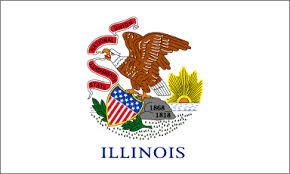 | |||||||||||||||||||||||
| DATE of ENLISTEMENT | ||||||||||||||||||||||||
| COMPANY | Company A | |||||||||||||||||||||||
| BATTALION | 1st Battalion | |||||||||||||||||||||||
| REGIMENT | 401st Glider Infantry Regiment | |||||||||||||||||||||||
| DIVISION | 101st Airborne Division | |||||||||||||||||||||||
| DATE OF DEATH | 11 June 1944 |
Source : Andy | ||||||||||||||||||||||
| STATUS | KIA | |||||||||||||||||||||||
| PLACE OF DEATH | St Come du Mont Sector | |||||||||||||||||||||||
| CEMETERY TEMPORARY |
CEMTERY TEMPORARY of -- N°--
| |||||||||||||||||||||||
| CEMETERY | NORMANDY AMERICAN CEMETERY of Colleville | |||||||||||||||||||||||
| GRAVE |
| |||||||||||||||||||||||
| DECORATION |
| |||||||||||||||||||||||
| ||||||||||||||||||||||||
| STORY | ||||||||||||||||||||||||
|
under this link you will find information about Thor and the 401st Glider Infantry Regiment http://www.questmasters.us/401st_Glider_Infantry_Regiment_Thor_Youngberg.html |
Source : Questmasters.us | |||||||||||||||||||||||
|
In England, the training continued with exercises Beaver, Tiger, and Eagle in preparation for the invasion of Europe. In exercise Tiger, the glidermen had a chance to train for their function in this new capacity. In March 1944, the 401st was separated. The 1st Battalion would stay with the 101st Airborne Division (AB) but would be sent to the 327th GIR as the 3rd battalion. The 2nd Battalion would go to the 82nd Airborne Division 325th GIR as the 3rd battalion. While the 1st Battalion of the 401st would frequently serve with the 327th, its assignment for Normandy was to be part of Division reserve. It would come in by sea with the 4th Infantry Division. For the D-Day invasion, Operation Neptune, June 6th 1944, the 1-401st arrived on UTAH Beach with the 4th Infantry Division in the UNCLE RED sector. It was to link up with the paratroopers that landed earlier that morning. On June 7th, the 401st fought several engagements in an effort to join Colonel Bob Sink's 506th march on St. Come-Du-Mont. It was during this time the unit suffered its first casualties. 2-401st Glider Infantry Regiment arrived in Normandy at 0900 and 0910 June 7th 1944, Serial 36 and 37, Mission Hackensack, 439th and 441st Troop Carrier Group Landing Zone "W" Les Forges. Company C of the 1st Battalion, commanded by Captain Robert Galbraith, led the assault across the river after dark followed by the rest of the 1st Battalion. Once the 1-401st was linked to 101st AB it would aid in the capture of Ste Come-du-Mont that evening and Carentan on June 15th after 5 days of bitter combat.
| ||||||||||||||||||||||||
Activated/Activé |
Normandy/Normandie |
| 15 Aug 1942 | Days of Combat/Jour de Combat 214 |
| Casualties/Victimes 9 328 | |
Entered Combat/Entré au combat |
|
| 6 Jun1944 D-Day | |
|
Commanding Generals/Commandants généraux Maj. Gen. William C. Lee (Aug 42 - Mar 44) |
Campaigns/CampagnesNormandy (6 Jun 44 - 24 Jul 44) Rhineland (15 Sep 44 - 21 Mar 45)
|
PLAN DE ROUTE DE LA CAMPAGNE - CAMPAIGN ROUTE MAP |
|
 |
|
DIVISION CHRONICLEThe 101st Airborne arrived in England, 15 September 1943, and received additional training in Berkshire and Wiltshire. On 6 June 1944, the Division was dropped into Normandy behind Utah Beach. Against fierce resistance it took Pouppeville, Vierville, and St. Come du Mont. On the 12th, the stronghold of Carentan fell, and after mopping up and maintaining its positions, the Division returned to England, 13 July, for rest and training. On 17 September 1944, taking part in one of the largest of airborne invasions, the 101st landed in Holland, took Vechel and held the Zon bridge. St. Oedenrode and Eindhoven fell after sharp fighting on the 17th and 18th. Opheusden changed hands in a shifting struggle, but the enemy was finally forced to withdraw, 9 October. After extensive patrols, the Division returned to France, 28 November, for further training. On 18 December, it moved to Belgium to stop the German breakthrough. Moving into Bastogne under the acting command of Brig. Gen. Anthony C. McAuliffe, it set up a circular defense and although completely surrounded, refused to surrender on 22 December. Its perimeter held against violent attacks. The 4th Armored Division finally reached the 101st on the 26th and the enemy offensive was blunted. Very heavy fighting continued near Bastogne for the rest of December and January. On 17 January 1945, the Division moved to Drulingen and Pfaffenhoffen in Alsace and engaged in defensive harassing patrols along the Moder River. On 31 January, it crossed the Moder in a three-company raid. After assembling at Mourmelon, France, 26 February 1945, for training, it moved to the Ruhr pocket, 31 March, patrolling and raiding in April and engaging in military government at Rheydt and Munchen-Gladbach. The 101st reached Berchtesgaden by the end of the war and performed occupational duties until inactivation in Germany. |
CHRONIQUE DE DIVISIONLe 101st Airborne est arrivé en Angleterre, le 15 septembre 1943, et a reçu une formation supplémentaire dans le Berkshire et le Wiltshire. Le 6 juin 1944, la division est larguée en Normandie derrière Utah Beach. Contre une résistance féroce, il fallut Pouppeville, Vierville et St. Come du Mont. Le 12, le fief de Carentan est tombé, et après avoir nettoyé et maintenu ses positions, la Division est revenue en Angleterre, le 13 juillet, pour se reposer et s'entraîner. Le 17 septembre 1944, participant à l'une des plus grandes invasions aéroportées, la 101st débarque en Hollande, prend Vechel et tient le pont de Zon. St. Oedenrode et Eindhoven sont tombés après des combats acharnés les 17 et 18. Opheusden a changé de mains dans une lutte changeante, mais l'ennemi a finalement été forcé de se retirer, le 9 octobre. Après de longues patrouilles, la Division revint en France le 28 novembre pour suivre une formation complémentaire. Le 18 décembre, il a déménagé en Belgique pour arrêter la percée allemande. Déménagement à Bastogne sous le commandement de Brig. Général Anthony C. McAuliffe, il a mis en place une défense circulaire et bien que complètement encerclé, a refusé de se rendre le 22 décembre. Son périmètre tenu contre les attaques violentes. La 4e division blindée atteignit finalement la 101e le 26 et l'offensive ennemie fut émoussée. De très violents combats ont continué près de Bastogne pour le reste de décembre et janvier. Le 17 janvier 1945, la division s'est déplacée à Drulingen et à Pfaffenhoffen en Alsace et s'est livrée à des patrouilles de harcèlement défensif le long de la rivière Moder. Le 31 janvier, il a traversé le Moder dans un raid de trois compagnies. Après s'être rassemblé à Mourmelon, France, le 26 février 1945, pour s'entraîner, il s'installa dans la poche de la Ruhr, le 31 mars, patrouillant et faisant des raids en avril et s'engageant dans un gouvernement militaire à Rheydt et Munchen-Gladbach. La 101e a atteint Berchtesgaden à la fin de la guerre et a exercé des fonctions professionnelles jusqu'à l'inactivation en Allemagne. |
| SOURCE INFORMATION & PHOTO | Armydivs.squarespace.com |
|---|
| SOURCE INFORMATION & SOURCE PHOTO | Findagrave.com - Abmc.gov - Clive Tirlemont |
|---|---|
| PROGRAMMER | Henri, Garrett, Clive, Frédéric & Renaud |


